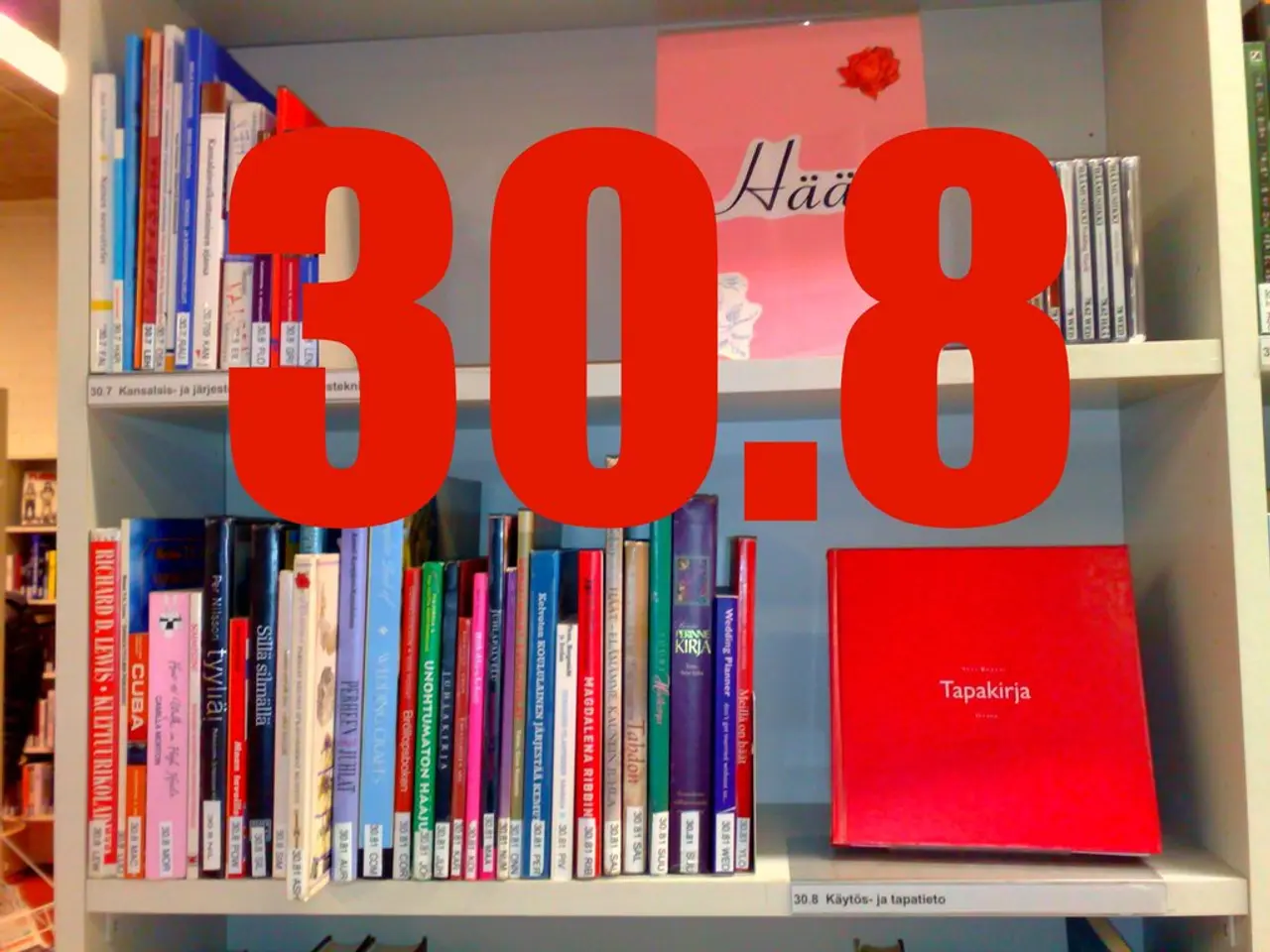Guidelines for Scoring High in IB Physics IA: Understanding the Evaluation Criteria, Advice, and Useful Resources
Redesigned IB Physics Internal Assessment (IA) Rubric for 2025 Emphasizes Scientific Inquiry and Critical Evaluation
The Internal Assessment (IA) for IB Physics has been revamped for the 2025 syllabus, adopting a streamlined, four-criteria rubric that places a strong emphasis on scientific inquiry, analysis, and critical evaluation.
The rubric focuses on four key criteria that assess distinct essential components of the investigation process with an emphasis on higher-order thinking skills, particularly in conclusion and evaluation.
- Identification of the Research Question and Context
- A clear, focused, and testable research question linked to physics concepts is essential.
- The scientific context and relevance of the investigation should be explained.
- Methodology and Data Collection
- A detailed and replicable description of the experimental or investigative methods is required.
- Variables should be identified and controlled.
- Appropriate data collection techniques and tools should be used.
- Ethical considerations and safety should be addressed if applicable.
- Data Analysis and Processing
- Suitable mathematical tools and scientific reasoning should be applied to process raw data.
- Graphs, tables, and statistical measures should be used where appropriate to illustrate patterns.
- All relevant calculations, including units, should be performed, and sources of error should be discussed.
- Conclusion and Evaluation
- Drawing conclusions supported directly by evidence is crucial.
- The reliability, accuracy, and validity of the data and methods should be critically evaluated.
- Limitations, sources of error, and suggestions for improvement or further research should be considered.
- Reflection on the broader implications of findings in the context of physics should be made.
Key changes for 2025 include:
- Collaboration in groups up to 3 students during the initial phases is now permitted, but individual written reports are required afterward.
- The report must still be an individual work reflecting personal understanding, analysis, and conclusions, with the prohibition on AI-generated content for authenticity.
- The maximum length remains at 3,000 words, emphasizing quality and depth rather than quantity.
- Increased weighting (around 50%) on Conclusion and Evaluation reinforces critical thinking and scientific reasoning skills.
These criteria underpin the assessment rubric used by IB examiners to score the IA out of 24 marks (typically split evenly among the four criteria), where students demonstrate their investigative skills and understanding of physics as a scientific discipline.
To achieve a high-scoring Physics IA, students should focus on a clear and measurable research question in the Research Design criterion, ensure graphs clearly illustrate patterns in the Data Analysis criterion, and critically reflect on the method, data quality, limitations, and suggestions for meaningful improvements or extensions in the Evaluation criterion.
Tools like RevisionDojo's AI Grader and sample IA library can help students craft a top-tier investigation that showcases both scientific understanding and academic maturity. The RevisionDojo IA hub provides access to a library of high-scoring IB Physics IA samples, aligned with the 2025 syllabus.
If you need precise wording or the official rubric excerpt, it is best to consult the 2025 IB Physics Subject Guide or IA Teacher Support Material directly from the IB website or your IB coordinator. However, the thematic structure and emphasis outlined above reflect the core elements and important 2025 adjustments.
- Pursuing high-quality education and self-development in physics through the Internal Assessment (IA) involves not only understanding the concepts but critically evaluating them as well.
- An integral part of the redesigned 2025 IB Physics IA rubric is the emphasis on learning to critically evaluate and draw logical conclusions based on scientific inquiry and evidence.




